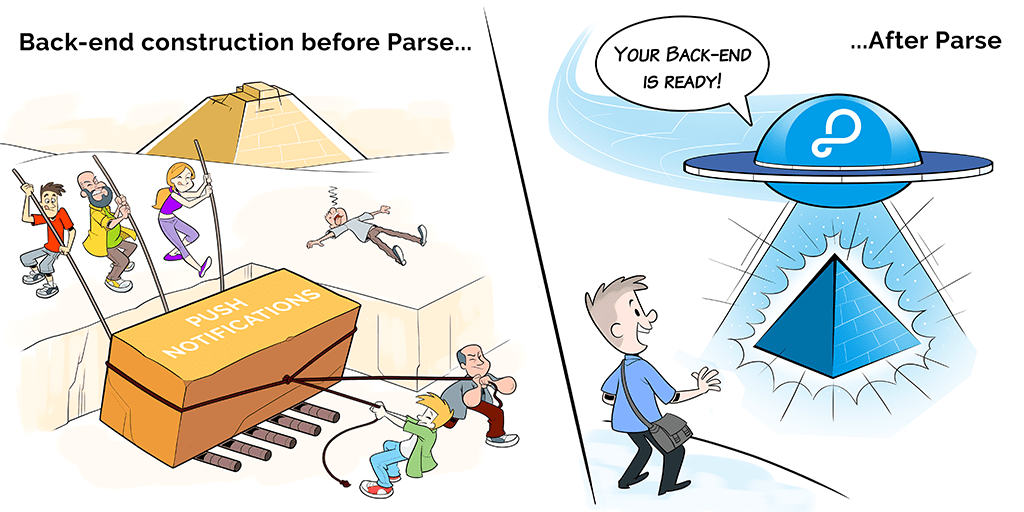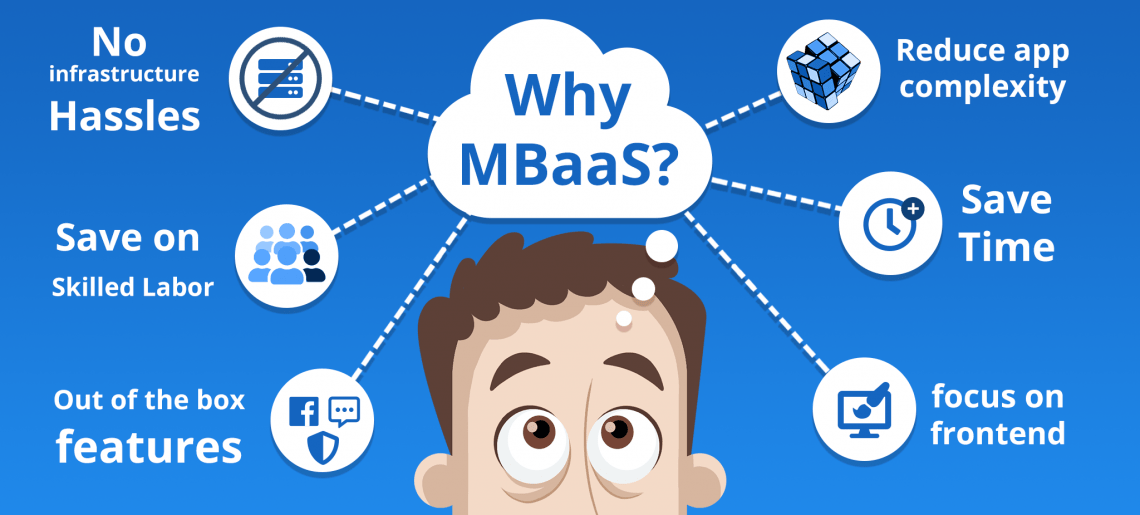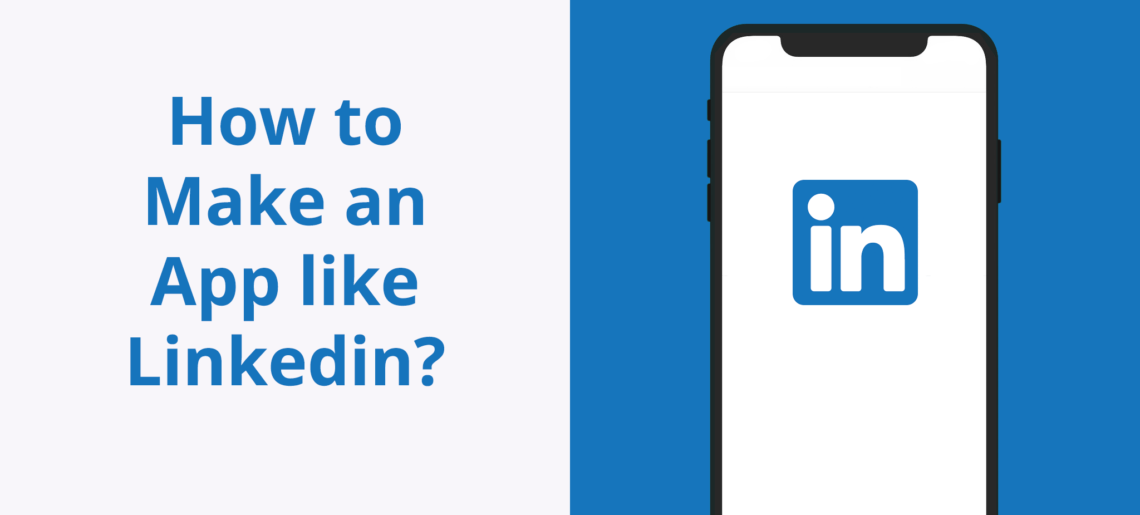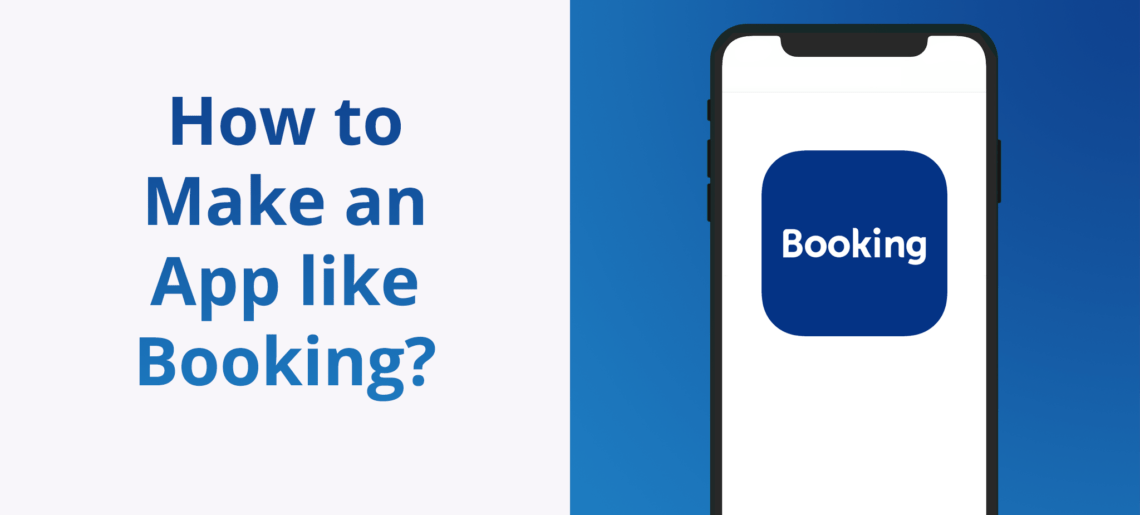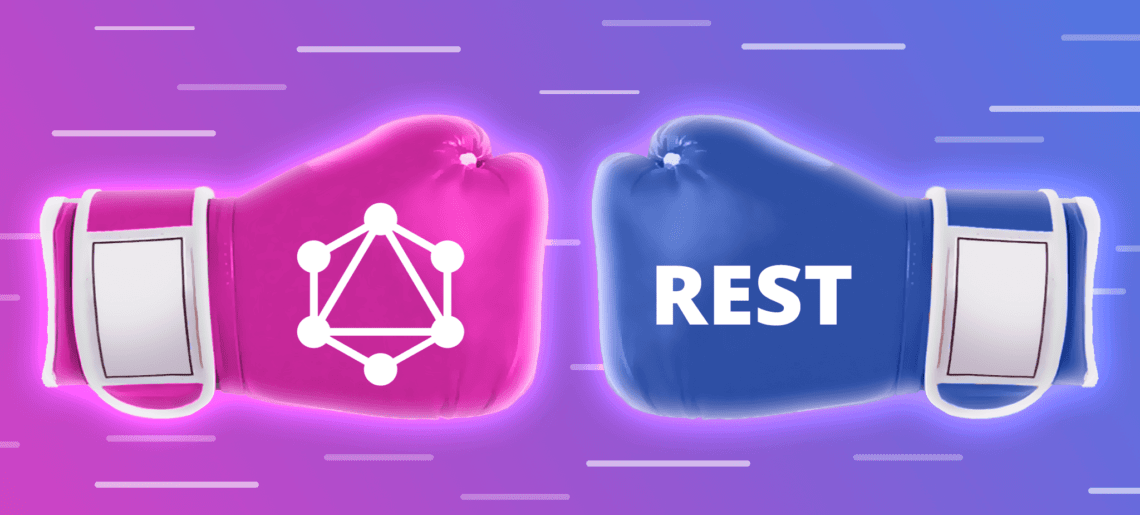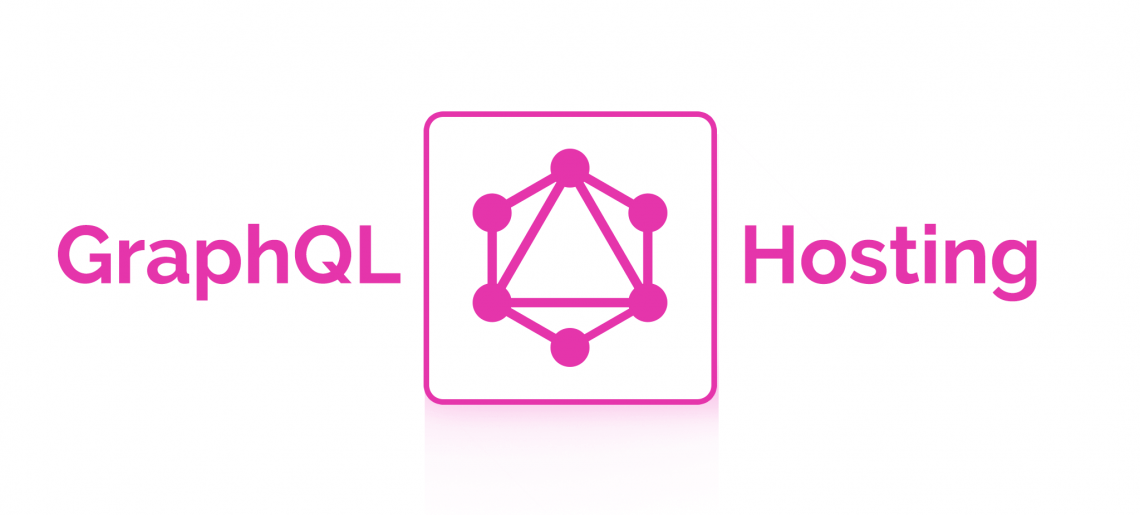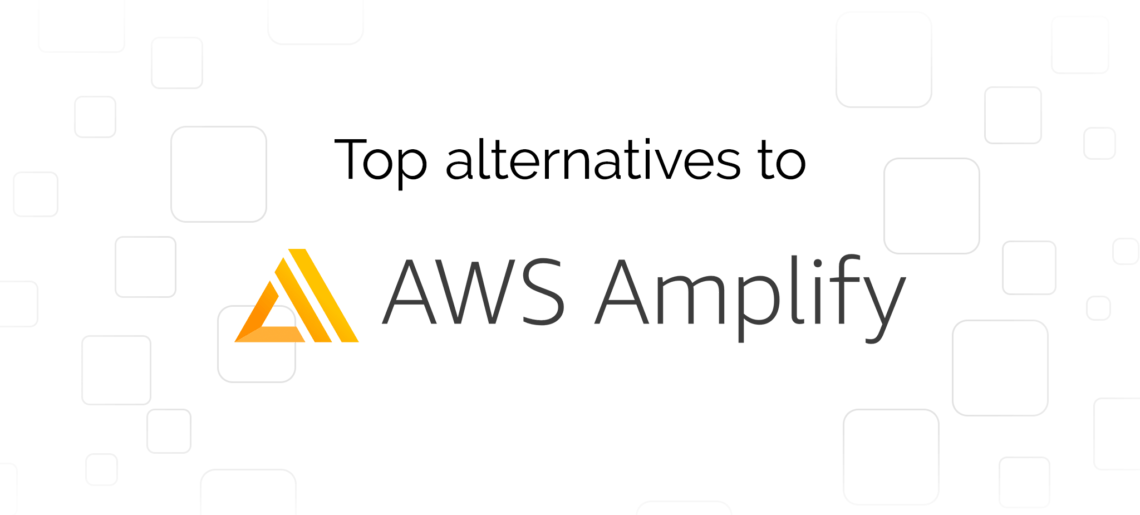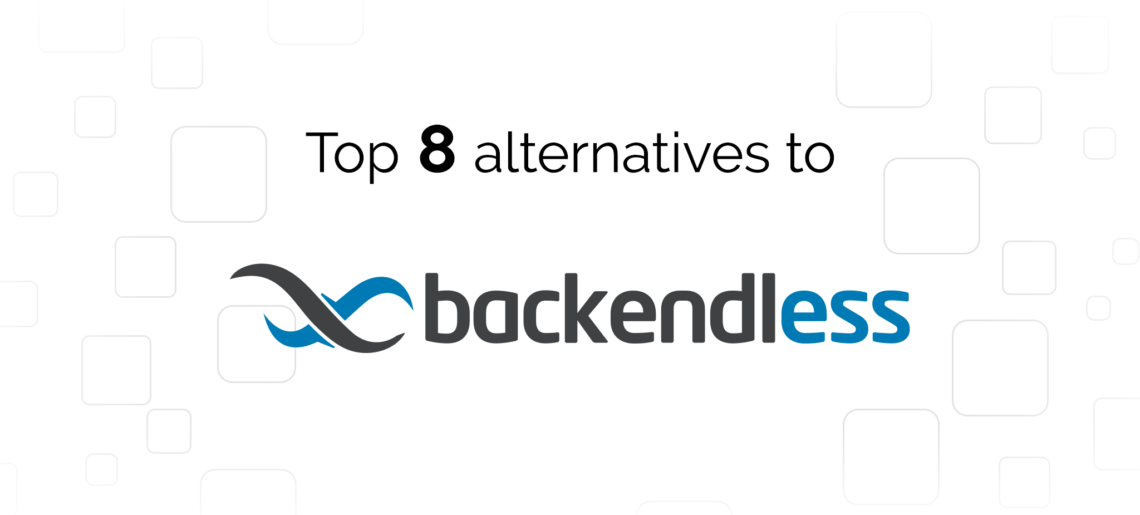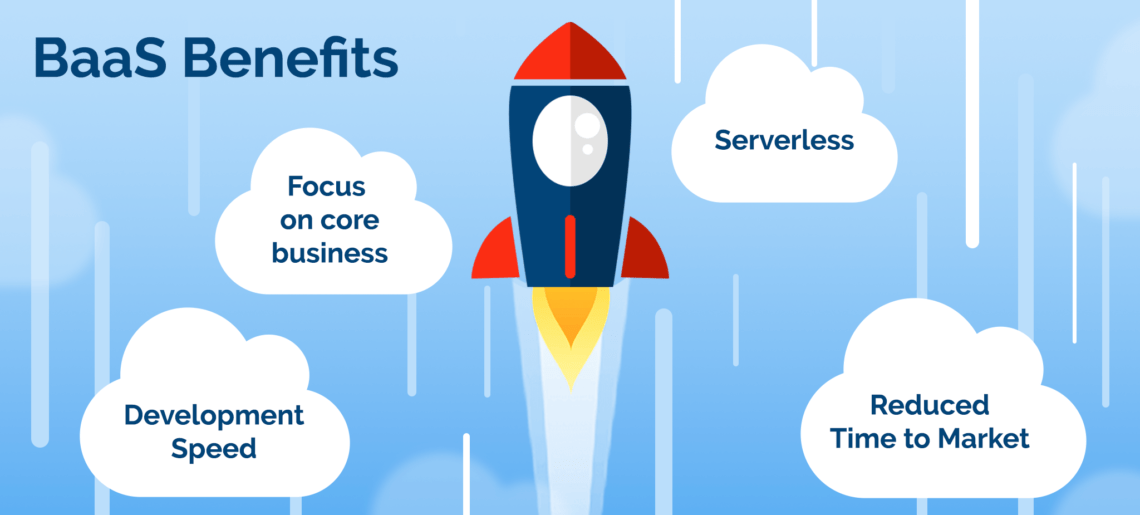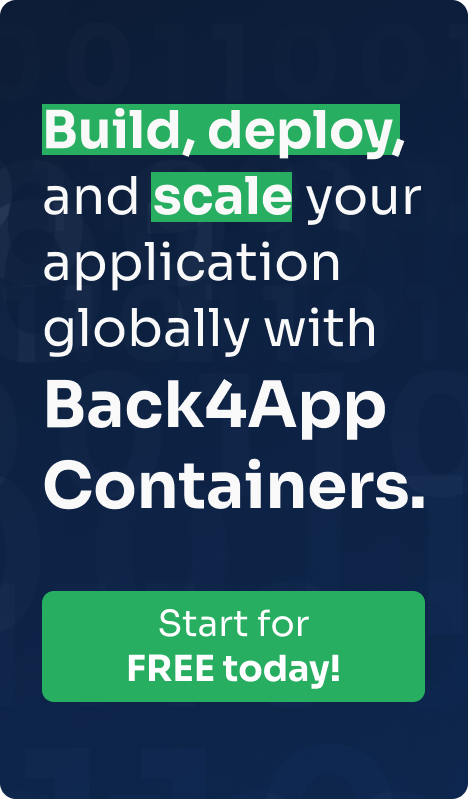What is the Parse dashboard?
Parse dashboard is a spreadsheet like interface for editing rows, representing relationships, and performing GrapqhQL / REST queries.
A quick overview of the Parse framework and the value it provides
Developers around the world are looking for novel solutions that make application development less stressful. Many developers do not have the technical know-how to create advanced applications. That is why they are searching for platforms where they can create hi-tech applications with their basic knowledge of programming. Parse is a viable solution for achieving such goals. It’s not surprising that many programmers are trying to know more about Parse and the value it brings to the table.
So, What is Parse?
Parse is an excellent solution for developers that want to create high-level applications. However, this open-source platform can help you create sophisticated programs that would have been impossible with an average programming skill.
This article presents some vital information that would help developers understand the benefits of this platform, so they can leverage it to their advantage.
